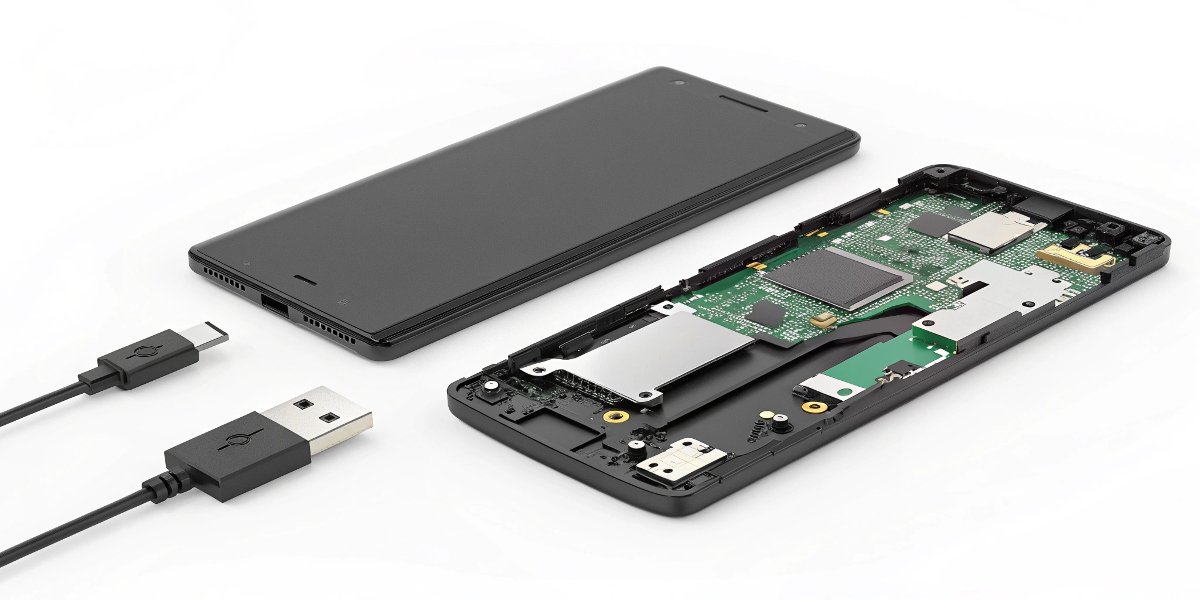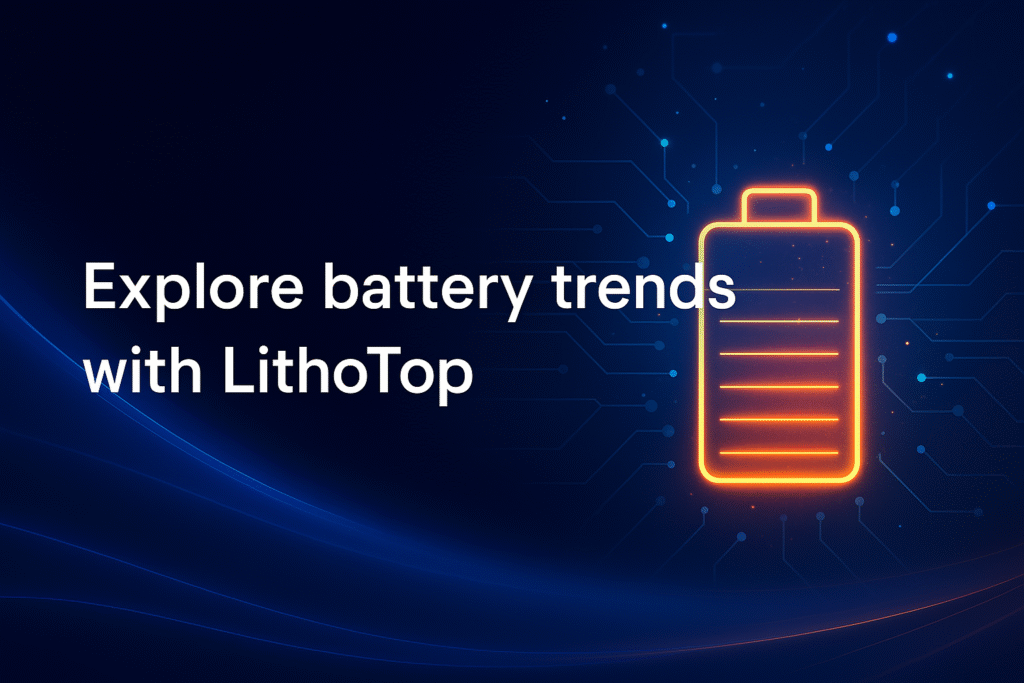Choosing the right battery for your product feels complicated. You hear "Li-ion" and "Li-Po" used often, but the real difference is unclear. Picking the wrong one can compromise your design, performance, and budget, putting your project at risk.
The main difference is in their construction. Lithium-ion (Li-ion) batteries use a liquid electrolyte in a rigid metal case. Lithium-polymer (Li-Po) batteries1 use a flexible, gel-like electrolyte in a pouch, allowing for custom shapes2. This fundamental difference impacts their shape, safety, and energy density.
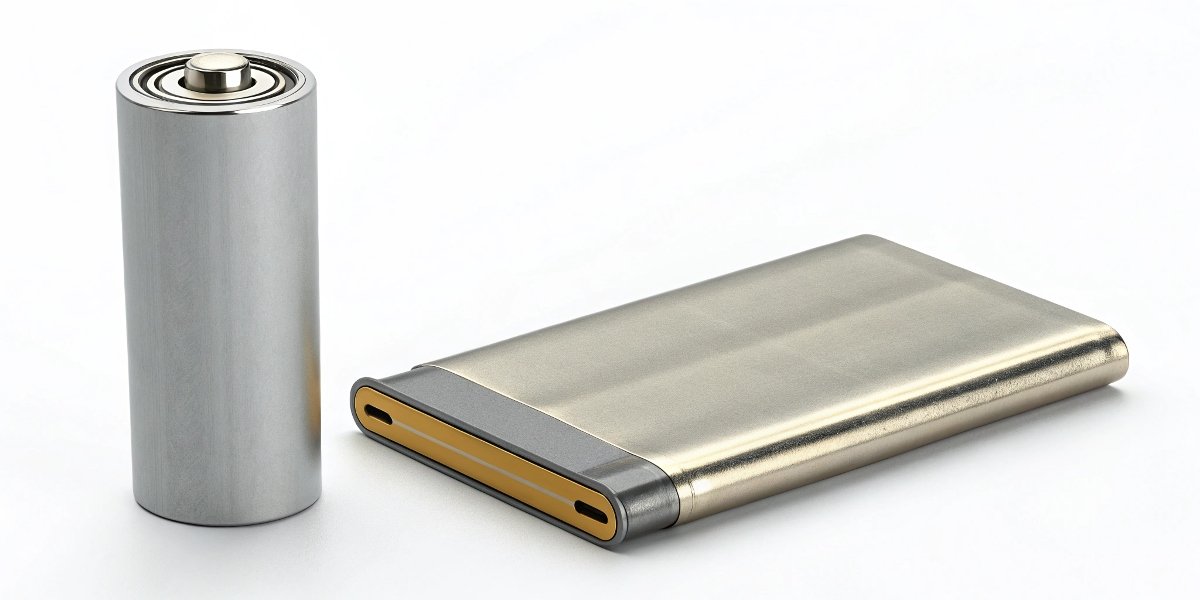
The choice between Li-ion and Li-Po is one of the first and most critical decisions a product manager has to make. It’s not just a technical detail; it affects the final look, feel, and performance of your device. Over my 10 years in the battery industry, I've guided hundreds of clients, like Jacky, through this decision. The key is to stop asking which is "best" and start asking which is "right for my specific application." Let's break down the important questions.
Which is better, a Li-ion or Li-Po battery?
You want to pick the "better" battery for your new project. But the wrong choice could lead to a bulky product that underperforms. This decision can feel overwhelming when product success is on the line.
Neither battery is universally "better." Li-ion is a better choice for applications needing high energy density and cost-efficiency in a standard shape, like power tools. Li-Po is better for products requiring thin, lightweight, custom-shaped batteries, such as wearable devices.
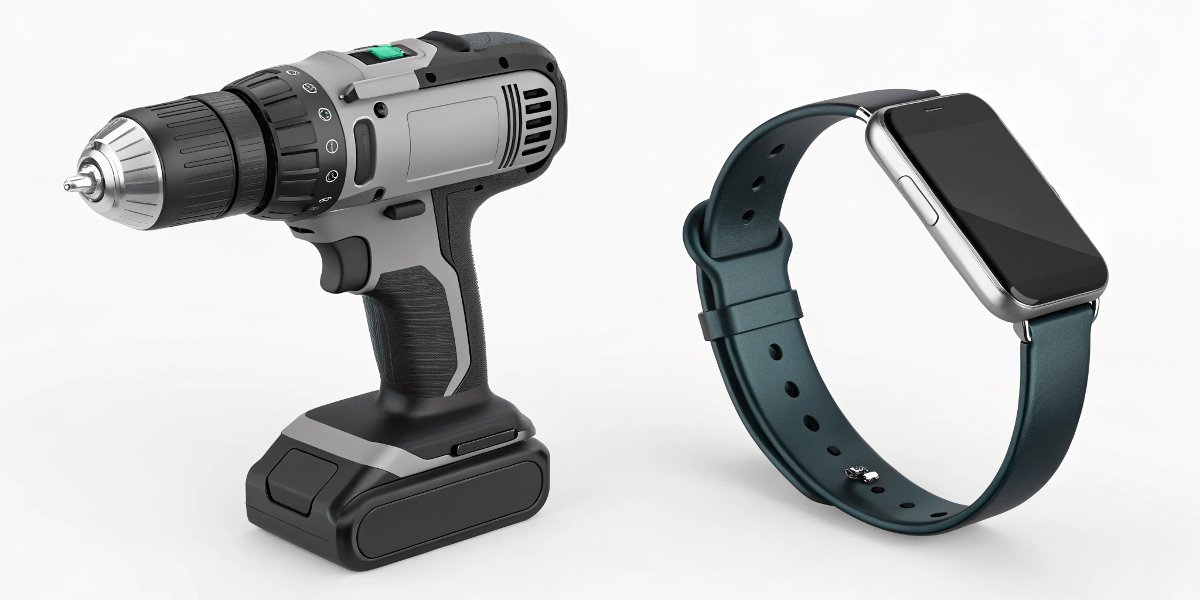
When a client asks me this, I tell them we need to define what "better" means for their product. For some, "better" means the lowest possible cost. For others, it means the slimmest possible design. Li-ion batteries, with their high energy density and mature manufacturing process, are often more cost-effective. They are perfect for energy-hungry devices where shape is not a major constraint, like e-scooters or laptops. On the other hand, Li-Po batteries offer unmatched design freedom. Their flexible pouch structure is ideal for devices with limited or irregular space, like medical sensors or TWS earbuds. If your priority is a unique design and a lightweight feel, Li-Po is the superior choice.
Choosing "Better" Based on Your Needs
| Priority | The "Better" Choice | Why? | Example Applications |
|---|---|---|---|
| Lowest Cost | Li-ion | Mature technology and mass production lead to lower costs per watt-hour. | Power tools, E-bikes |
| Design Flexibility | Li-Po | Can be molded into thin, curved, or irregular shapes to fit any design. | Wearable tech, AR glasses |
| Highest Energy Density | Li-ion | Packs more power into a standard cylindrical or prismatic cell. | Laptops, Backup power |
| Lightest Weight | Li-Po | The foil pouch is lighter than the metal casing of a Li-ion battery. | Drones, Smart clothing |
Does Tesla use lithium-ion or lithium-polymer?
You see the sleek design of a Tesla3 and might assume it uses flexible Li-Po batteries to fit its frame. This assumption can be misleading when making decisions for your own high-power applications, leading you down the wrong path.
Tesla exclusively uses cylindrical lithium-ion batteries, not lithium-polymer. They utilize thousands of these cells (like the 2170 and 4680 formats) in their battery packs. This choice prioritizes energy density, thermal management, durability, and manufacturing cost at a massive scale.
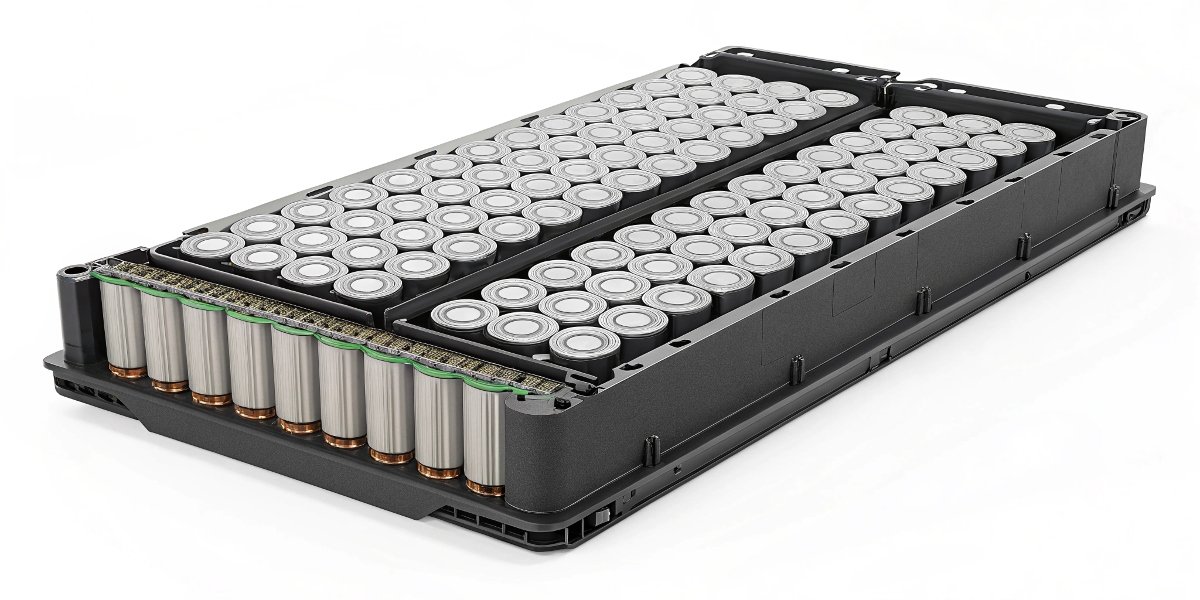
Tesla's choice is a perfect case study in matching the battery to the application. For an electric vehicle, the most important factors are packing as much energy as possible into the available space (energy density), ensuring a long service life over thousands of cycles, and managing the immense heat generated during charging and discharging. Cylindrical Li-ion cell4s excel here. Their rigid structure is robust, and their shape allows for effective cooling systems to be built around them. Furthermore, these cells have been manufactured for decades, making them highly reliable and cost-effective to produce at the scale Tesla needs. Li-Po batteries, while flexible, would be more difficult to cool in such a large pack and would not offer the same cost-benefit or proven cycle life for this specific, demanding automotive application.
Do Li-ion batteries last longer than Li-Po?
You need your product to have a long and reliable service life. Choosing a battery that degrades too quickly will lead to unhappy customers and damage your brand's reputation for quality. So you must know which type lasts longer.
Generally, high-quality cylindrical Li-ion batteries offer a longer service life, measured in charge cycles, compared to Li-Po batteries. For a single charge, a Li-ion cell may also provide slightly longer runtime due to its typically higher energy density.
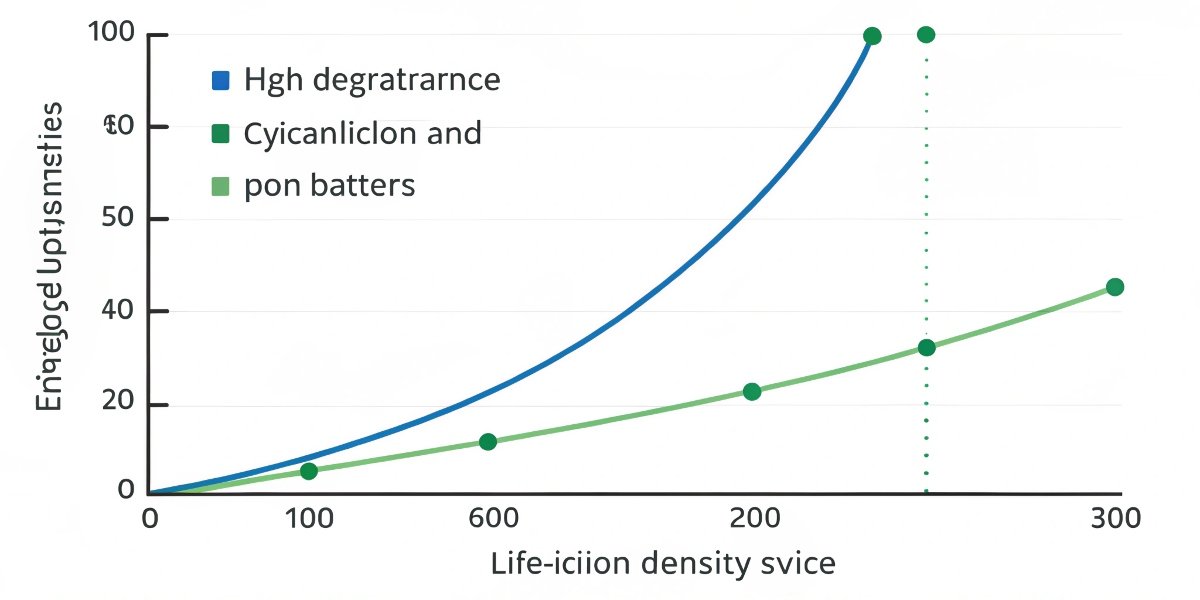
When we talk about "lasting longer," we mean two things: cycle life5 and runtime. Cycle life is the number of charge and discharge cycles a battery can endure before its capacity drops significantly. Due to their robust chemical makeup and rigid construction, cylindrical Li-ion batteries often handle more cycles, typically from 500 to over 1000, making them more durable for high-frequency use. Runtime, on the other hand, is how long the device runs on a single charge. Because Li-ion has a slight edge in energy density, a Li-ion battery of the same weight as a Li-Po might power a device for a little longer. For clients whose main priority is maximum durability and longevity, and their device can accommodate a standard cell shape, I often recommend Li-ion.
Are LiPo and Li-ion interchangeable?
Your device's battery needs replacing. You find another battery with the same voltage but a different type, like swapping a Li-Po for a Li-ion. This seems like an easy fix, but it's a dangerous mistake.
No, Li-Po and Li-ion batteries are absolutely not interchangeable, even if their nominal voltage is identical. They have different charging protocols, discharge capabilities, and safety circuits (BMS/PCM). Using the wrong type can lead to poor performance, device damage, or a serious safety event like a fire.
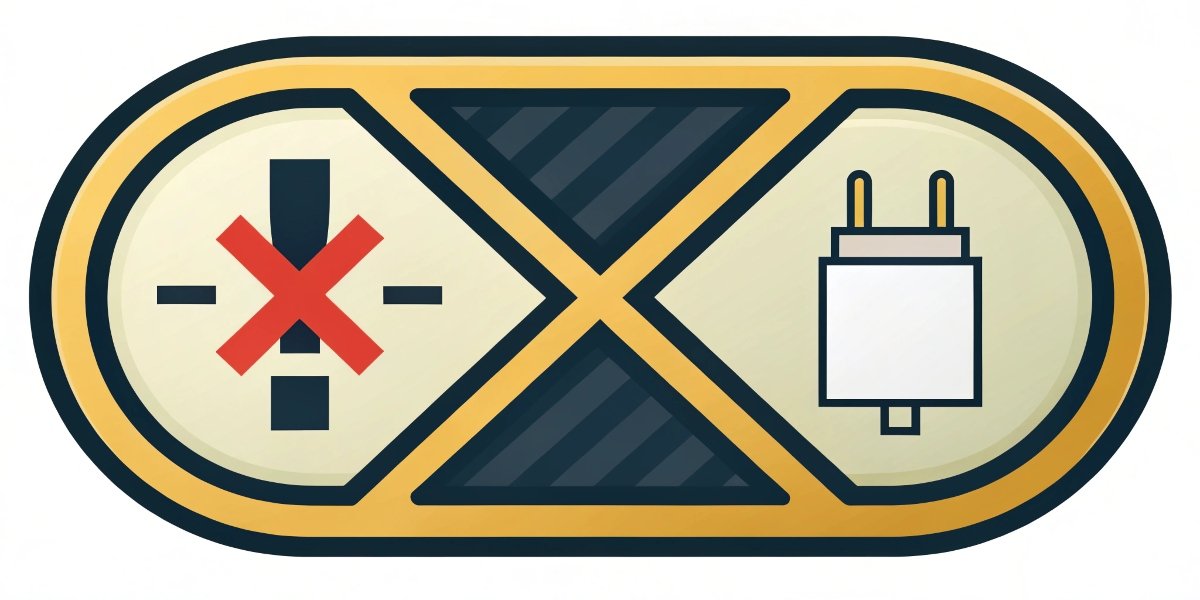
This is one of the most critical safety rules I stress to my clients. The reasons they can't be swapped are both physical and electronic. Physically, a cylindrical Li-ion cell simply won't fit into a product designed for a thin, flat Li-Po pouch. More importantly, the Battery Management System (BMS) is specifically programmed for the chemistry it protects. It monitors voltage, current, and temperature based on the known behavior of that specific battery type. Using a Li-ion battery with a charger and BMS designed for a Li-Po can lead to overcharging or other dangerous conditions. As a battery solution provider, my job is to ensure you get a battery that is perfectly matched to your product’s design, power requirements, and safety certifications. We provide a fully integrated solution, not just a component.
Conclusion
Choosing between Li-ion and Li-Po is about matching the battery's strengths to your product's needs. Consider shape, cost, and energy density6 to make the right choice for your device's success.
-
Learn about the unique advantages of Li-Po batteries, especially in design flexibility and lightweight applications. ↩
-
Discover how custom-shaped batteries can enhance product design and functionality. ↩
-
Understand Tesla's battery choice and its implications for electric vehicle performance. ↩
-
Explore this resource to understand why cylindrical Li-ion cells are preferred for high energy density and durability in applications like electric vehicles. ↩
-
Discover the significance of cycle life in battery longevity and performance. ↩
-
Understanding energy density is key to selecting the right battery for your device's performance needs. ↩

